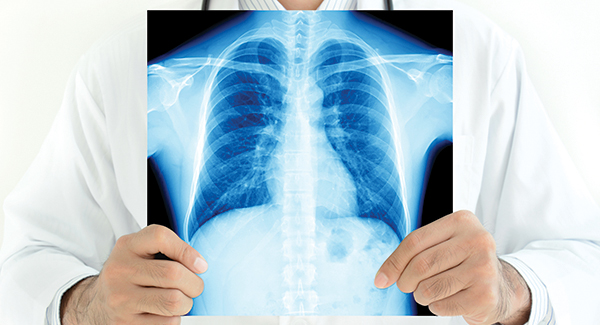10 Things to Know About Rheumatoid Arthritis
Here are 10 things you need to know about Rheumatoid Arthritis.
1. It’s Not Your Grandma's Arthritis
Rheumatoid arthritis (RA) is the result of an autoimmune system gone awry. In RA, the immune system mistakenly attacks the joints causing pain and inflammation. If left untreated, this inflammation can cause joint erosion and permanent damage. It may also affect the internal organs.
2. Early, Aggressive Treatment Is Best
Treating RA within the first few months after onset can help prevent joint damage. The goal of treatment is to put RA in remission by stopping inflammation. Doctors use “disease-modifying” drugs to stop RA's progress. They monitor disease activity and adjust medications if needed.
3. Remission Is Possible
Your doctor will follow a “treat-to-target” approach to control inflammation and other symptoms. The goal is to get “tight control” of your RA and keep disease activity as low as possible. The ultimate goal is remission – one or fewer involved joints, low disease activity and low levels of blood proteins that indicate inflammation.
4. Protect Your Heart
Having RA raises your risk for heart disease – it's the leading cause of death for people with RA. Lower risk factors like high blood pressure and high cholesterol by eating a nutritious, low-fat diet and adding a cardio workout to your routine. If you smoke, talk to your doctor about quitting.
5. Exercise Can Be Medicine
Exercise can boost your mood and improve your overall health and function. Try for at least 30 minutes of low- or no-impact aerobic exercise (like walking or cycling) five days a week. Add strengthening exercises to help support your joints and flexibility exercises to boost your range of motion.
6. Watch Out for Flares
In RA, a flare is a sudden uptick in disease activity. During a flare you may feel more fatigue and your joints may be stiffer and more painful than usual. Be sure to get more rest and manage stress. Your doctor might need to adjust your medication to help control your symptoms.
7. Fight Fatigue
Fatigue, a common RA symptom, leaves you feeling weak or exhausted – but not sleepy. It can worsen pain and make it hard to concentrate. Minimize its effects by managing your activities, eating well, staying active and getting plenty of sleep. Tell your doctor if fatigue affects your daily routine.
8. You Might Not Look Sick
If you have RA, you may look healthy despite stiff, aching joints, fatigue and a host of other symptoms that aren’t visible from the outside. People who don’t understand may expect more of you than you can give. Create a short “elevator speech” to let people know what RA is and how it affects you.
9. Talk to Your Doctor
Open communication with health care providers is key to living with RA. Keep track of side effects from your medications, pain levels and triggers for flares or fatigue so you can share them with your doctor. Many RA medications require monitoring with blood tests; don’t miss those appointments.
10. Look Out for Number One
Be proactive in treating your RA – a process called self-management. Learn all you can about the disease and talk openly with your doctor. Develop a support group of family, friends and/or co-workers. Make lifestyle changes such as eating a healthy diet and engaging in regular physical activity.
Hello,
Diagnosed With Rheumatoid Arthritis?
Get the latest news and tips about living with Rheumatoid Arthritis in the Living Your Yes! e-newsletter.



